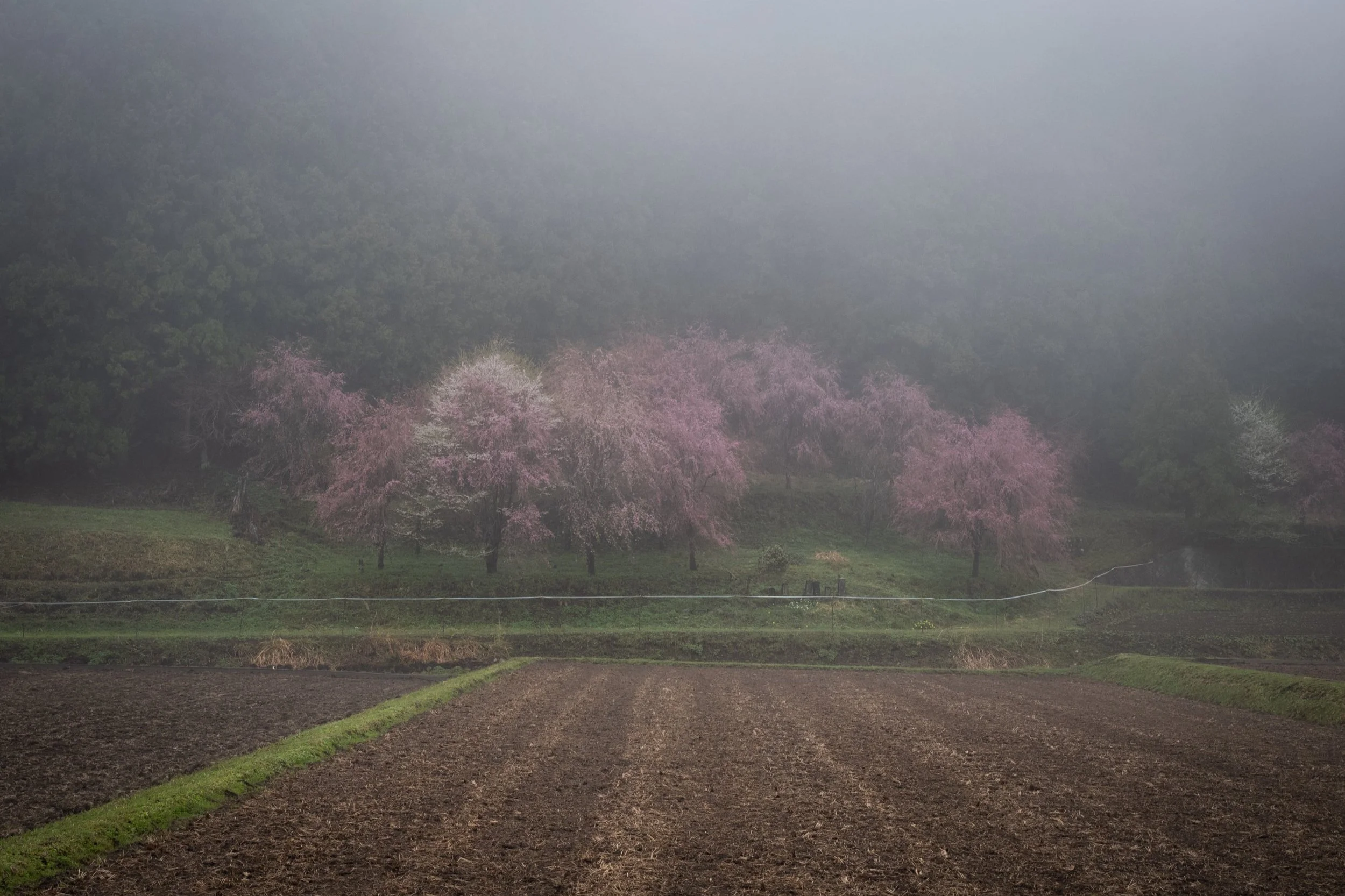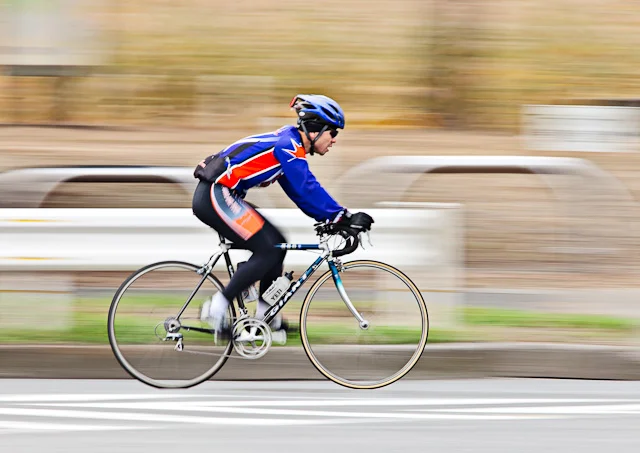Neutral Density 64
Finally after many months my ND 64 filter has finally arrived! I bought two so I have a backup since they take so long to order and arrive. I have had a lot of people ask me why I always use these. I have put a detailed explanation at the bottom. For now let's enjoy some 'wide open' shots at f/0.95... I went for a walk this morning to go to my local clinic to pick up a prescription and decided to shoot my way there and back. I think I am blessed to live in Tokyo as there is so much to shoot. I think I capture some great images in a 10 minute walk to the doctor's office. Today’s Configuration: Leica M9 with a Noctilux 50mm f/0.95 with ND64 (yeah baby!) with a 1.4x magnifier.
今日のカメラ:私のライカM9をつかいます。レンズはNoctilux 50mm f/0.95とND4をつかいました。
This temple is a couple of blocks from my house...
Temple in Nakameguro, Tokyo, Japan
Temple in Nakameguro, Tokyo, Japan
Instructions for how to cleanse yourself before going to the temple...
Instructions for how to wash your hands at a temple in Nakameguro, Tokyo, Japan
Wash your hand station at a temple in Nakameguro, Tokyo, Japan
Temple in Nakameguro, Tokyo, Japan
Temple in Nakameguro, Tokyo, Japan
This elementary school has paintings all over the wall from the children...
Wall painting in Nakameguro, Tokyo, Japan
Wall painting in Nakameguro, Tokyo, Japan
Don't run in front of the traffic, Tokyo, Japan.
Kindergarden in Nakameguro, Tokyo, Japan
Kindergarden in Nakameguro, Tokyo, Japan
Fobos Loft...is a recording studio near my house. We can often see famous people going in or coming out.
Fobos Loft in Nakameguro, Tokyo, Japan
Wonder Bread Truck in Tokyo, Japan
Dog and Cats welcome at a cafe in Nakaemeguro, Tokyo, Japan
This is another famous temple called 'Yutenji' about a 5 minute walk from our house.
Yutenji Temple in Yutenji, Tokyo, Japan
Yutenji Temple in Yutenji, Tokyo, Japan
Yutenji Temple in Yutenji, Tokyo, Japan
Yutenji Temple in Yutenji, Tokyo, Japan
Yutenji Temple in Yutenji, Tokyo, Japan
What a huge truck for Tokyo...
Hummer in Tokyo, Japan
Fire Cistern in Tokyo, Japan
Post Box in Tokyo, Japan
Kimura Clinic in Yutenji, Tokyo, Japan
The Boy Scouts...
Boy Scouts in Yutenji, Tokyo, Japan
Kyuta the Tokyo Fire Department mascot...
Kyuta the Tokyo Fire Department Mascot
Tokyo Fire Department
Grabbed a cup of coffee at my favorite Gooz...
Gooz at Nakameguro, Tokyo, Japan
I ran out later this afternoon to go to Post Office in Meguro to work out some more details on the project I am working on. I spend tonight figuring out the shipping charges per country. It was great practice reading all of the countries in Katakana... More details on my project coming out soon.
Meguro Post Office in Meguro-ku, Tokyo, Japan
I knew I was in the right place...look at the orderly bike parking.
Meguro Post Office in Meguro-ku, Tokyo, Japan
Meguro Post Office in Meguro-ku, Tokyo, Japan
Meguro Post Office in Tokyo, Japan
Meguro Post Office in Meguro-ku, Tokyo, Japan
Meguro Post Office in Meguro-ku, Tokyo, Japan
Meguro Post Office in Meguro-ku, Tokyo, Japan
Japanese Word of the Day: 郵便局(ゆうびんきょく)yubinkyoku – post office
example:
今日は郵便局に行きました。
I went to the post office today.
Why I use ND Filters:
Let me see if I can explain this easily.
Disclaimer: There are a lot of variations that come into play here and I am trying to explain this without paragraphs of technobabble.
Let's review the principles of exposure together. We so have a couple of variables to control our exposure and how light hits our camera's sensor; ISO, Shutter Speed and Aperture;
ISO – In film photography this determined how sensitive your film was to light. In the digital world it is how sensitive your camera’s sensor is to light. The higher the ISO the more sensitive your camera will be to light, but this comes at the cost of adding digital noise into your pictures and often at the cost of image quality. I always try to keep this as low as possible so I have the highest quality images.
Shutter Speed – This is how long you leave your shutter open thus how long you allow light to hit your camera’s sensor. You can use this to freeze or imply motion depending on the photograph you are trying to create.
Aperture – How much light you let pass through your lens and onto the sensor. This also controls depth of field or how much of the photograph is in focus.
Let's start with the Sunny 16 rule. It says if it is a bright sunny day, and your ISO is set to 100, then the correct exposure would be 1/100 of a second at f/16. Now if you know how to multiple and divide by 2, you can get yourself to any combination of correct exposures.
ISO: 100, 200, 400, 800, 1600, 3200
Shutter Speed: 8, 4, 2, 1, 1/2, 1/4, 1/8, 1/15, 1/30, 1/60, 1/125, 1/250, 1/500, 1/1000, 1/2000, 1/4000
Aperture: 1, 1.4, 2, 2.8, 4, 5.6, 8, 11, 16, 22, 32, 45
The distance between each of these is called a stop. You can set your camera to half and third stops but for a simple illustration we are only going to speak in full stops. I always try to keep my ISO as low as possible, usually at 100 (160 on a Leica M9). With a fixed ISO we now only have two other controls to play with to get a correct exposure; shutter speed and aperture.
So let's say we want to shoot at f/1. Since we are at our 'sunny 16' settings we would adjust our aperture 8 stops from f/16 to f/1. Now we would need a reciprocal shutter speed adjustment so that we are still properly exposed, so our shutter speed would need to be adjusted to from 1/125 to...wait mine stops at 1/4000 of a second. To get it 'dark' enough using shutter speed I would need to be at 1/3200 of a second! My camera isn't nearly that fast. So the only option I have left would be to 'stop' down my aperture 3 stops from f/1 to f/2.8, this way the reciprocal adjustment to shutter would only be 5 stops from 1/125 to 1/4000. The issue here is I can't create that creamy bokeh I love as well now as I need to shoot at f/2.8 vs. f/1.0 otherwise my picture will be over exposed at 1/4000 of a second.
This is where the ND64 comes in as I can 'darken' using this filter 6 stops, so the only reciprocal adjust would be two stops to 1/500 of a second. These filters have all sorts of uses. For those that like this type of information, let me know if these types of discussions are useful on here from time to time by leaving a comment.











































